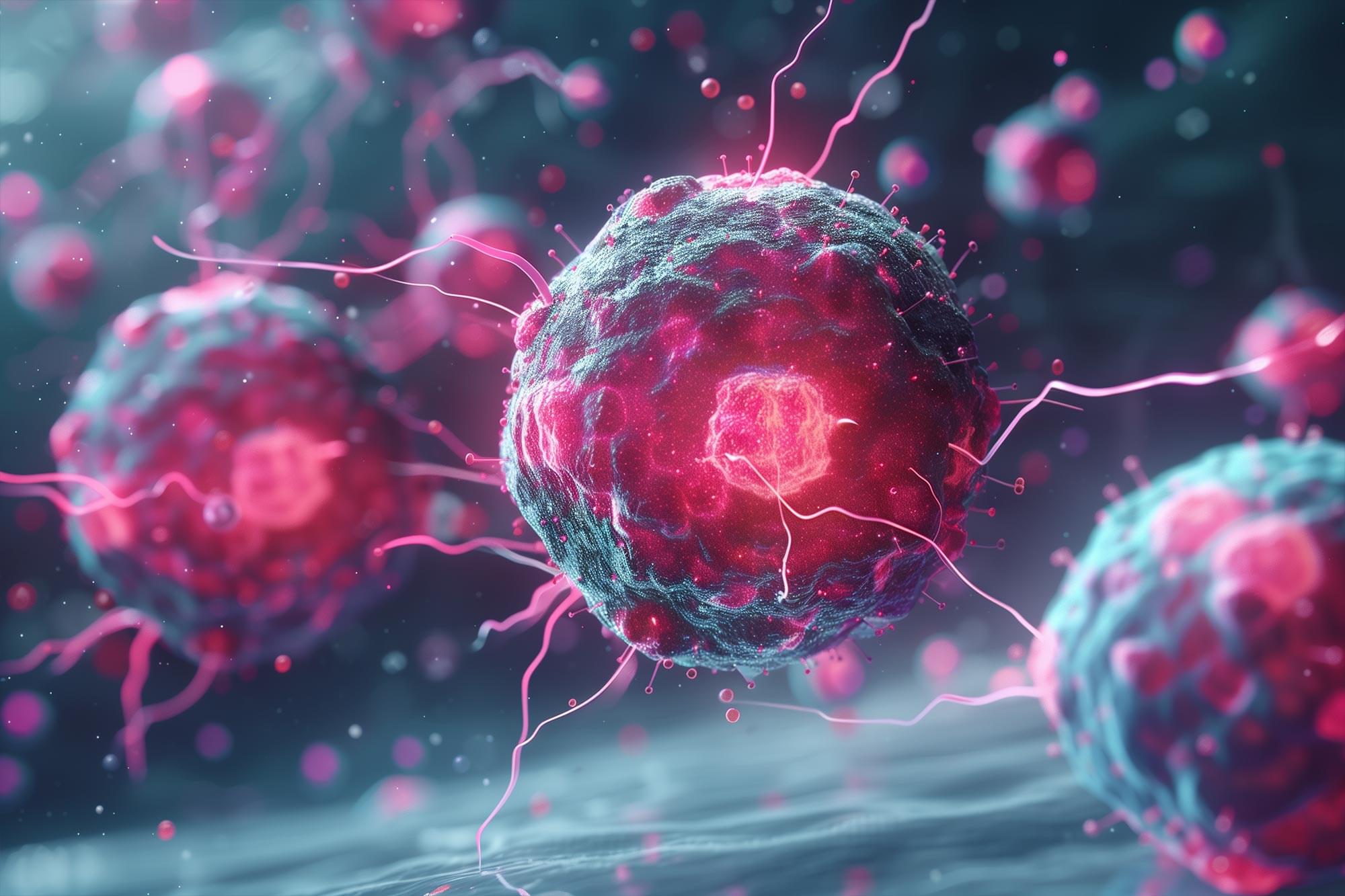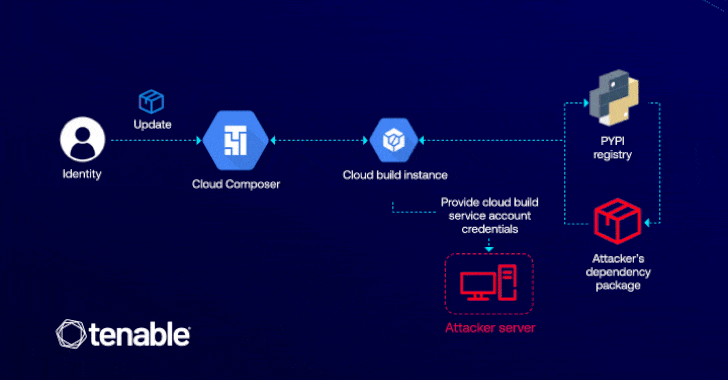A recent study found that the Hubbard model failed to accurately predict the behavior of a simplified one-dimensional cuprate system. According to scientists at SLAC, this suggests the model is unlikely to fully account for high-temperature superconductivity in two-dimensional cuprates.
Superconductivity, the phenomenon where certain materials can conduct electricity without any energy loss, holds great potential for revolutionary technologies, from ultra-efficient power grids to cutting-edge quantum devices.
A recent study published in Physical Review Letters.








